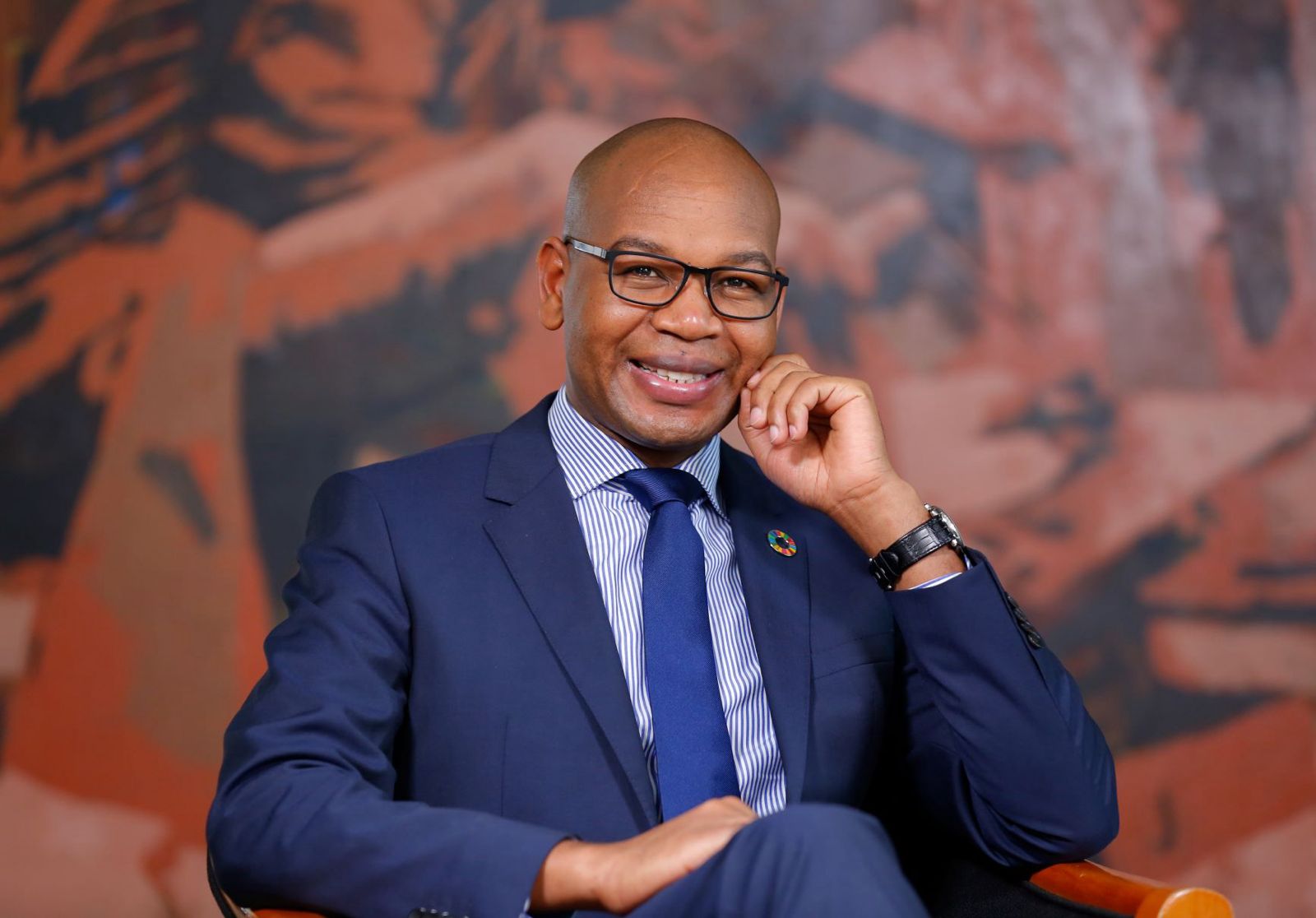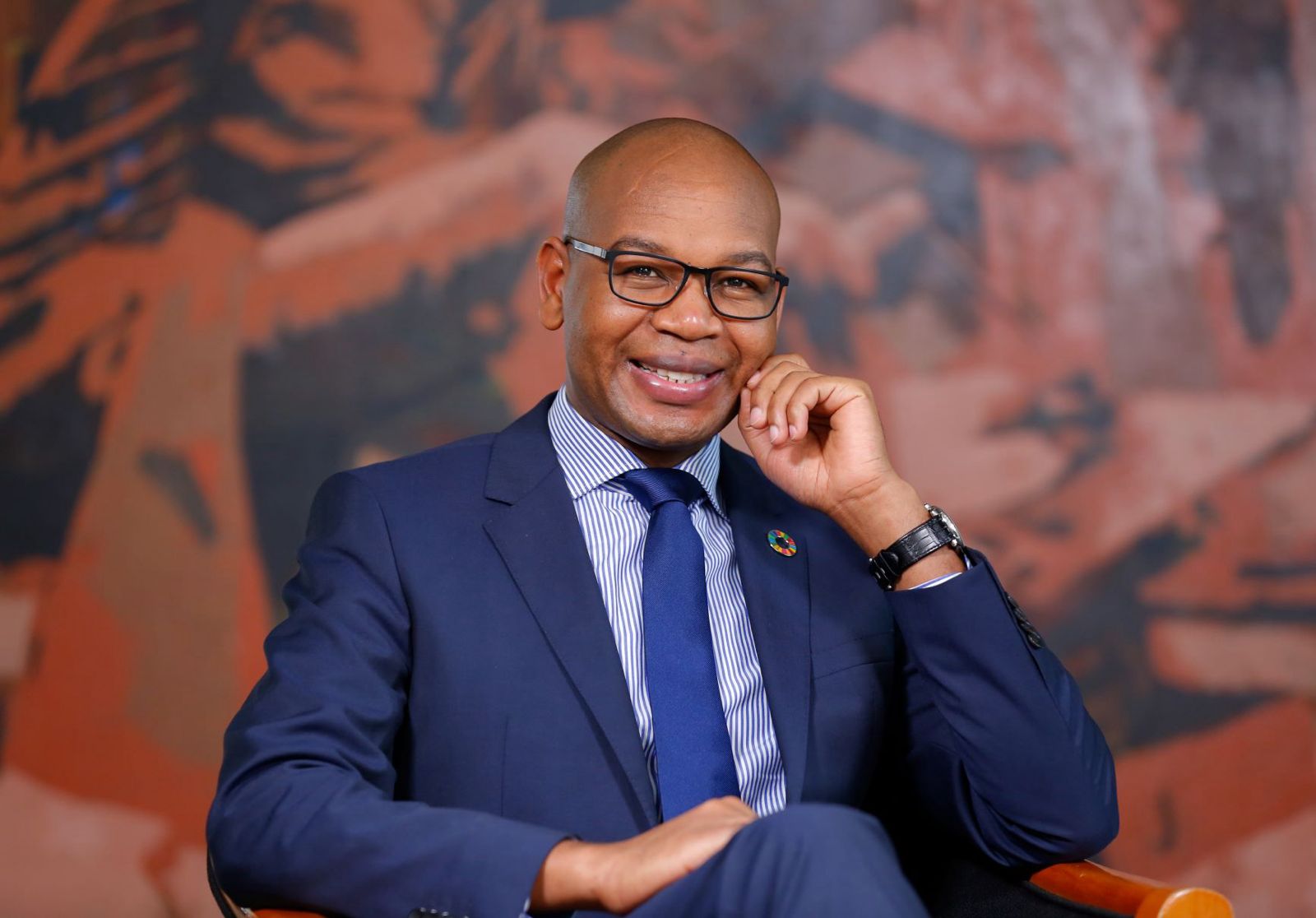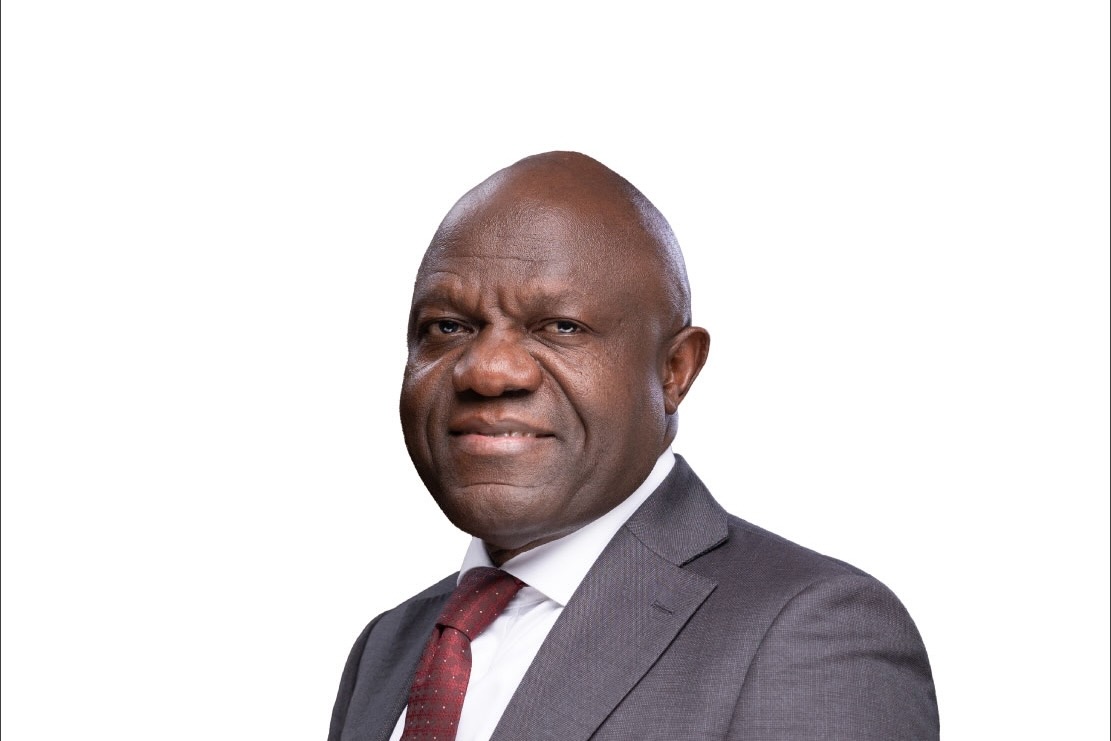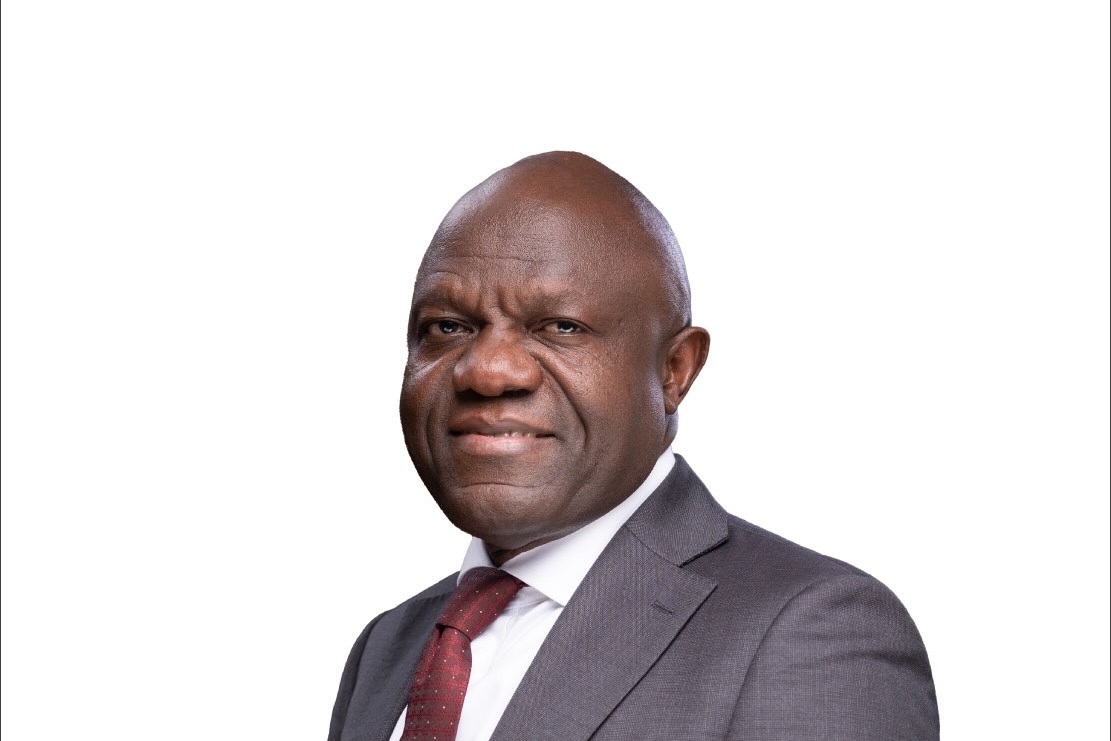Joshua Oigara Shares Masterclass on CEO–Board Alignment

Former Stanbic Bank Kenya CEO and recently the Regional Chief Executive for Stanbic, East Africa, Joshua Oigara has shared a concise but powerful set of principles on building alignment between CEOs and boards.
Posting on his LinkedIn page, Oigara reflected on the realities new chief executives face when stepping into the top job, and the often overlooked challenge of working with boards they did not choose.
“New CEOs rarely arrive with new boards,” Oigara noted. “More often than not, the board is already in place with set priorities and governance traditions.”
Unlike executive teams, which a CEO can gradually shape through appointments and rotations, boards tend to have longer tenures, meaning a chief executive may work with the same directors throughout their tenure.
Rather than attempting an early overhaul, Oigara advised seeking “clarity and alignment” as the more prudent path. Drawing from his own experience and leadership literature, he outlined six key lessons for navigating this dynamic.
1. Listen Before You Lead
“Every board has its own rhythm, history, and unwritten codes,” he wrote. In the early days, CEOs should ask more questions than they answer and observe how directors deliberate and where influence lies. This, he argued, builds trust more effectively than asserting authority.
2. Respect the Role
Oigara stressed the importance of preserving the distinction between governance and execution. “The board governs, while the CEO executes,” he said, warning that blurred boundaries can weaken both roles. Clear communication and strategic focus, he added, foster mutual confidence.
3. Simplify and Clarify
Boards respond best to transparent strategy and clear framing of risk and opportunity, Oigara explained. Breaking down complex issues into focused priorities — backed by data and timelines — accelerates alignment and enables faster decisions.
4. Acknowledge the Past Without Being Anchored to It
“Boards often carry history, be it from past transitions, refined strategies, or external shocks,” he said. CEOs who acknowledge that history without being defined by it demonstrate both emotional intelligence and strategic maturity. One-on-one conversations with directors can reveal insights critical to future engagements.
5. Manage Expectations Early
Oigara advised against leaving expectations unspoken. “Without clear expectation setting, a CEO may be measured against unspoken assumptions,” he wrote. Establishing what is realistic in the short, medium, and long term prevents avoidable frustration.
6. Alignment Over Unanimity
For Oigara, alignment is not about unanimous agreement but about conviction around shared purpose and direction. He highlighted the role of constructive dissent in testing assumptions, leading to stronger, more resilient decisions. Central to this, he said, is the Chair–CEO relationship, which “sets the tone for the entire board.”
A Cornerstone of Resilience
Concluding his post, Oigara emphasised that the CEO–board relationship “should never be an afterthought,” calling it a “cornerstone of resilience and a catalyst for long-term growth.” He challenged leaders with three questions:
- How are you building trust with the board you have today?
- What principles have helped you align with a board you did not choose?
- How are you unlocking the potential of the one you inherited?
Two Decades of Leadership Experience
Oigara’s insights are grounded in over 20 years of corporate leadership across banking, strategy, and governance.
He rose to prominence as Group CEO of KCB Bank, where he drove innovation, regional expansion, and strong financial performance. In 2022, he took the helm at Stanbic Bank Kenya, steering the business through a period of accelerated digital transformation and deepened client relationships.
In 2025, he was appointed Regional Chief Executive for Stanbic, East Africa — overseeing operations in Kenya, Uganda, Tanzania, Malawi, South Sudan, and Ethiopia — with a mandate to drive integrated regional strategies, boost cross-border trade, and lead digital-led growth.
Share this content:










Post Comment